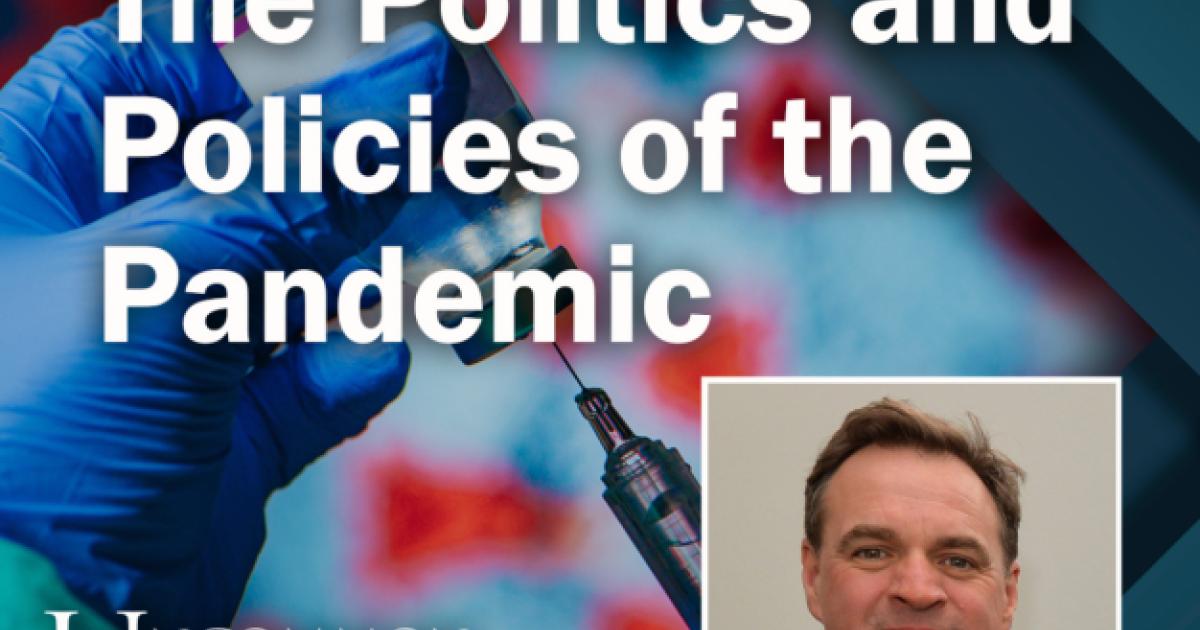
Ferguson also has a very nice bit at the end of the chapter about how risk aversion seems to have increased dramatically since the 1950’s. Eisenhower managed the crisis with a hands-off approach and while he did take an electoral beating in the 1958 midterm elections, the political consequences were minimal. Instead, based partially on his experience in the military during the Spanish flu and the remarkably quick development of a vaccine, no part of the country ever shutdown. From our perspective today, this should have led to school closures and lockdowns, but then President Eisenhower did not pursue those strategies. Interestingly though, unlike COVID, the Asian flu struck the young and the old most seriously. Interestingly, the mortality rate of COVID appears to fall closer to that of the Asian flu than the much more deadly Spanish flu to which it is regularly compared.ĬOVID is somewhat more deadly than the Asian flu, but not nearly as deadly as the Spanish flu was. The next chapter on the little remembered Asian Flu pandemic of 1957 (yes that actually happened) is perhaps the book’s strongest and certainly the most provocative. When compared to the 1920’s and 30’s drought that struck the United States, which is obviously democratic and market-oriented, few died, and while the displacement and political upheaval was significant, hardly revolutionary or deadly. In each, with dictatorial political leadership, the death rate was staggering.

For example, he discusses various droughts and famines that have struck different regions of the world including Bengal in the 1770’s, the Irish potato famine, the widespread death under Stalin and Mao in the USSR and China, respectively, to the devastating famine in Ethiopia in 1984. Here his tendency to range widely across disciplines, events, and time paints a compelling picture of how individual choices during critical moments can avoid or exacerbate catastrophic outcomes. If we try to pursue risk abatement by closing those networks we are likely to make ourselves vulnerable to larger losses when disaster strikes.įerguson does a very nice job reviewing some of the factors that can lead to suboptimal governance and leadership during crises. And yet, restrictions placed on international movement and international trade or burdensome government rules that undermine our wealth generation will be unlikely to prepare us for future plagues.

We are actively trading off resilience for vulnerability to future pandemics. Such an outcome would be unthinkable in the developed world. Tragically, and yet unsurprisingly, the death toll was staggering – more than a 1,000 people perished. Just this summer (June 21st), an earthquake struck Afghanistan, one of the poorest countries in the world with one of the least developed infrastructures. And yet that interconnection is one of the reasons we have developed resilience by increasing global wealth.


 0 kommentar(er)
0 kommentar(er)
